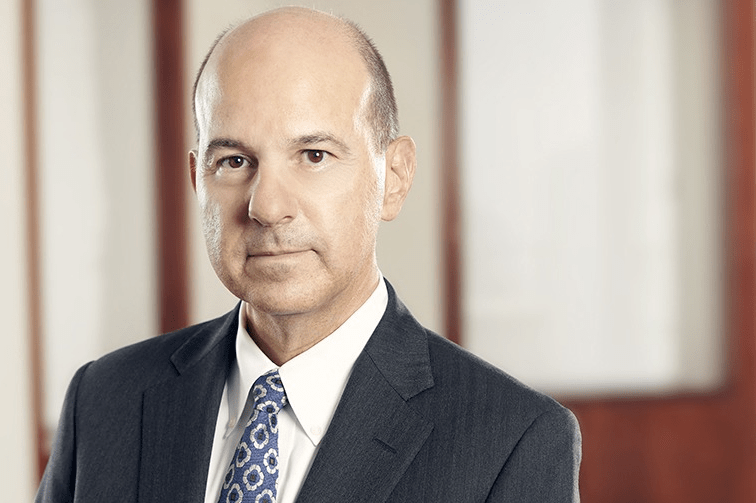We begin with a simple truth. In the United States of America, no diversity policy should stand if, by its terms, African-Americans can be wholly excluded. A second truth: No diversity policy that pits African-Americans against the LGBTQ community should stand.
Unfortunately, Nasdaq’s proposed board diversity Rule 5605(f), now being considered by the Securities and Exchange Commission (SEC), subverts both truths. While laudable in intent, the proposed rule is anti-American. The proposed rule should be amended to ensure that African-American directors, and other directors of color, are actually installed as directors of Nasdaq-listed firms.
The proposed rule requires consideration of two diverse members. One must be a woman. Nasdaq’s submission cites a 2018 study showing that fewer than 5% of female directors of Fortune 500 companies are women of color. And so, as a practical matter, the Nasdaq’s gender diversity proposal is a mostly white effort.
The second diverse member must be either a Black person (or other person of color) or a member of the LGBTQ community. The second “or” is telling, as it permits the substitution of a person of color for an LGBTQ person.
This is unacceptable. It suggests that potential Black directors and white LGBTQ directors are interchangeable. To pit these differently-situated diverse groups against each other is poor public policy. The proposed rule should encourage representation from both groups, not play one against the other.
As written, the proposed diversity rule might well be satisfied by installing only white women and white LGBTQ directors.
There is a long history in the U.S. of Black Americans fighting for new laws to foster a more open society, while others gain greater advantage. The bodies and souls of Black folks built and gave life to the 14th Amendment, with a unanimous Supreme Court declaring in Brown v. Board of Education in 1954 that Black children must receive equal educational opportunities.
Yet even today Black children continue to be ill-educated throughout this nation. This, while white women and white LGBTQ Americans have used the principles of Brown to advance significantly, including in the educational realm.
Nasdaq’s proposed diversity rule seems yet another instance wherein Black people may be locked out of an opportunity ostensibly intended to help them advance. A diversity rule that potentially excludes Black people is illogical. American diversity is rooted in eliminating the obstacles of law, custom, preference, and selective persecution that continue to plague Black Americans.
In a recent letter to Nasdaq and the SEC, Marc formally commented on the proposed board diversity Rule 5605(f). However, the policy and practical concerns detailed in the letter demand a larger audience. Citizens should understand the diversity policy being considered by the SEC, a federal agency with a mandate to protect the investing public.
As drafted, the proposed rule might well permit all U.S. Nasdaq-listed firms to expand board diversity without a single Black person being added to any board. In fact, no person of color need be added to any Nasdaq-listed company under the proposed rule.
The possibility of this “diversity” outcome is offensive. It should be rejected, and the proposed rule should be amended to require meaningful diversity—that Black directors and other directors of color be installed.
As a self-regulatory organization, Nasdaq submitted its proposed board diversity rule to the SEC on Dec. 1, 2020. The Nasdaq submission is more than 270 pages and includes reasoning and support for the proposed rule. The submission reviews the academic literature and surveys showing that integrating corporate boards by adding women and people of color often improves investment performance and governance efficacy. The data set reviewed in Nasdaq’s submission includes diversity initiatives in foreign countries, as well as such initiatives in various U.S. states. The benefits of racial and gender diversity are well documented in many other contexts, including the U.S. military and private sector operations. Nasdaq’s findings are consistent with these previous findings. However, the proposed rule does not reflect these conclusions.
Additionally, the proposed rule is merely voluntary, not mandatory. Failure to comply requires only a written explanation, with no penalties to be levied. A toothless diversity rule belies the goal of achieving true racial and gender diversity in the corporate world.
We suggest amending the proposed rule to require the installation of a Black director (or other person of color) and an LGBTQ director, one of whom might also be a woman. Intersectionality might well help bridge the diversity gap here.
Further, we believe that the proposed rule should be mandatory, not voluntary, just as California’s diversity law, Assembly Bill 979, is mandatory.
Finally, four years is too long to get the job done. New diverse directors, including a Black person (or other person of color) and an LGBTQ person, should be installed no later than January 2023, with the first director installed no later than January 2022.
Four years to enact an aspirational rule with no enforcement teeth is uncomfortably close to Brown’s misguided compromise of “all deliberate speed.” All too often for Black America, that has meant never.
Marc H. Morial is the president and CEO of the National Urban League.
Patrick A. Bradford is a partner in the law firm of Bradford Edwards & Varlack LLP, where he specializes in complex business litigation. He is also an adjunct professor of antitrust law at Fordham Law School.












